As hunters, we all know how it feels to come home with empty tags and countless missed shots. We dedicate our time searching for the perfect stands, preparing them, and waiting for something to happen, and then… nothing. However, what if it is not about your commitment that is lacking but your approach that is ill-conceived?
This blog ensures that hunters have all the knowledge that they require to attract deer. Our focus will include the admiring of deer and tried and tested methods of building their certified natural sanctuary, such as food plots and the right scents. Be prepared to revolutionize the way you hunt – don’t let any sighting go to waste!
Understanding Deer Behavior and Habitat
Deer Habitats
Deer are adaptable creatures, but they generally prefer areas with a mix of woods and open spaces. This gives them places to hide from predators and find food. You can often find them in:
- Forests: These provide shelter and food.
- Fields and meadows: Offer open spaces for grazing.
- Bushes and thickets: Important for hiding and raising young.
Deer Behavior and Feeding
Deer are primarily herbivores, meaning they eat plants. They have a varied diet that includes a range of plant-based foods.
Deer like to eat grasses in open areas and also enjoy consuming the leaves of trees and shrubs. Deer will readily eat acorns and nuts when they are accessible. During the winter, deer usually rely on twigs and bark for food. This diverse plant-based diet allows deer to thrive in a wide range of habitats and ecosystems.
Deer Seasonal Movements
Deer are nocturnal and they are most active at dawn and dusk, which is called “twilight feeding.” They spend the rest of the day resting or hiding. Deer can change their behavior based on the seasons.
The movements of deer change as the seasons change. During the summer season, they often stick to areas with plenty of water and green plants. When winter comes, they might move to lower elevations or areas with less snow to find food.
During deer mating season, male deer (bucks) can become more active and territorial. Understanding these seasonal behaviors is key to understanding the dynamic nature of these majestic creatures.
How To Attract Deer?
As September comes, the foliage gets golden, and that feeling of wanderlust rises in my veins. It’s the time of the year when this beautiful animal starts to become a target.
However, shooting a trophy buck is not just about owning a good rifle or firing a lucky shot. It’s about knowing your target and making the environment right that will lead to success.
Here is what I have discovered throughout the years when it comes to hunting deer and getting deer to come to you.
Create a Similar Habitat
Deer are creatures of habit and they crave three things: food, cover, and security. You should consider your hunting spot as a place where whitetails can vacation.
First things first, food. Food plots are indeed a perfect way of preparing a good spread, then again they are not the only ones. My preference is to seek out deer-preferred forage – oaks, hickories, berry bushes – and then manage the areas with thinning.
This makes them have foods to dine on in variety and this makes them have a continuous flow to come and dine.
After that, it is possible to create a haven. Thus, adult males, for instance, are very cautious. Other features such as thin brush, down logs, and positional green trees all give the feeling of security to the deer. In hinge cutting you cut small trees partially to make thickets which provide excellent ground to bed down.
Products to Attract Deer
Okay, let’s discuss about those deer lures and attractants. Although I do not like using bait (please check your regional laws, it may not be allowed), the use of smell can be very effective.
In the rut, a buck may be drawn by urine released by another buck, which makes a dominant buck curious. Scent marking can also be useful, especially during the pre-rut period.
The key? Use these sparingly and preferably behind the stand. Some hunters even believe that using a lot of smell is fine so it scares the deer as it brings them.
Enhancing the Environment
As such, the act of attracting deer is a long-term endeavor altogether. Do not deceive yourself that you can throw a heap of corn and in the morning there will be bucks.
Concentrate on enhancing their environment all year long. However, this does not only entice the deer but also will make the health of the entire deer population better.
Placement Matters
Now, about the hunting stand. Placement matters. Usually, I will consider the wind trails and paths used by the deer. These are the factors with which one needs to start thinking while planning on how and where to hunt.
Place your stand downwind along probable movement patterns and areas of cover. Blinds are another form of extra cover especially when bow hunting.
Legal and Ethical Consideration
Lastly, we should bear in mind that ethical hunting must always be practiced. First and foremost, always respect the animal, respect the land, and respect the regulations of your region.
It’s not about the kill, it is the journey: the feeling of being one with nature, the chance to be part of what it is like to use a weapon to bring an animal’s life to an end.
Do what it takes to build a whitetail paradise and then be prepared to wait as the woods pay you back. That trophy buck may just stroll right into your guns.
What Is a Good Distance To Shoot a Deer?
The best shot distance for a deer generally ranges between 50 and 100 yards. They are accurate enough for hunting while also being ethically responsible models.
- Closer than 50 yards: Shooting can be dangerous due to the mobility of the deer and the possibility of missing the animal.
- Farther than 100 yards: Accuracy becomes a problem and one may end up wounding the animal instead of killing it.
However, these are general and may not apply in all serving contexts. Experience, type of weapon, and actual situation while hunting also play an important role in determining the effective shooting distance.
The perfect zone to aim at a deer is the vital area.
The best deer shot placement is the part of the body that pumps blood and provides oxygen to the body’s tissues and organs – the heart and lungs. A shot in this area is fatal and would deliver immediate and painless death.
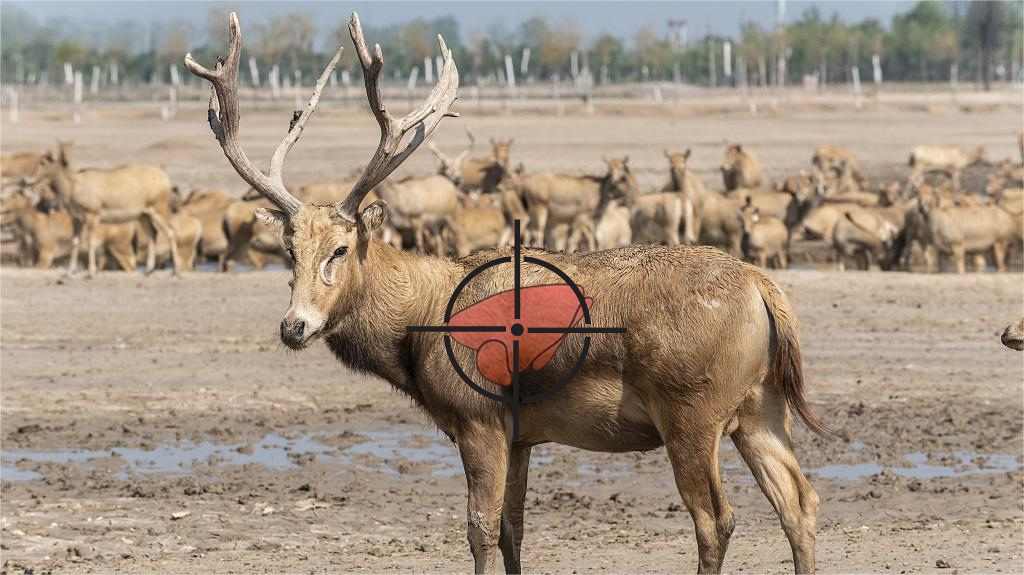
Frequently Asked Questions About Attracting Deer
How can I attract deer to my hunting area?
There are several ways to attract deer to your hunting area. Creating a suitable habitat with food sources, cover, and water is essential. Planting food plots, providing mineral licks, and using deer attractants can also be effective.
Additionally, minimizing human disturbance and understanding deer behavior will increase your chances of success.
What types of food do deer prefer?
Deer are primarily herbivores and their diet varies by season. However, they generally prefer a mix of browse (twigs, leaves, and buds), forbs (herbaceous plants), and mast (acorns, nuts). Popular food plot options include clover, alfalfa, oats, and soybeans.
What smell does deer like?
Deer have a strong sense of smell and are attracted to certain scents. During the rut, buck and doe urine can be effective. Food-based scents like apples, corn, and mineral licks can also be appealing. However, it’s important to use scents carefully and avoid overpowering odors that may spook deer.
How can I make my hunting area more appealing to deer?
To make the hunting area more attractive to deer, you must consider the habitat aspect. This encompasses; supplies of food, water, and shelter. Mention that food plots, natural bedding areas, and the use of available cover can be beneficial. Also, avoiding human interference and recognizing deer’s daily activity routine will increase the likelihood of attracting deer.
What scents attract deer during hunting season?
When it comes to attracting deer during hunting season, nothing works as effectively as scent. Some of the favorites are buck and doe urine mostly during the rut. Floral scents are good but subtle scents such as apple or corn can also prove helpful. Nevertheless, one should select perfumes wisely and reproduce them without excessive frequency because deer may get used to synthetic smells.
When is the best time of day to attract deer for hunting?
The most effective time of the day for hunting deer usually may be different depending on the season and the climate of the given region. On average, people feed during the early morning and in the evening. However, the movement of deer during the rut period may not be very consistent. It is therefore important to observe deer actions and adjust your approach when hunting.
What hunting equipment can I use to attract deer?
Some of the hunting equipment that can be used to attract deer include the following. Setting food plots, mineral licks, and game cameras can help in getting some useful information on the movement of the deer. Deer calls and scents can also be applied to imitate natural sounds and smells. However, equipment should be used properly and legally which fulfills the rules of the locality.
Conclusion
To successfully attract deer, one needs to know how they work, provide them with what they need, and then trick them a little bit.
Together with actual knowledge of deer behavior hunters can effectively use food plots, scent control, and stand locations to double their chances of getting those ever-so-elusive whitetails.
It is therefore the want of every genuine hunter to respect the environment, be patient, and engage in ethical hunting methods to get the best out of hunting in the woods.


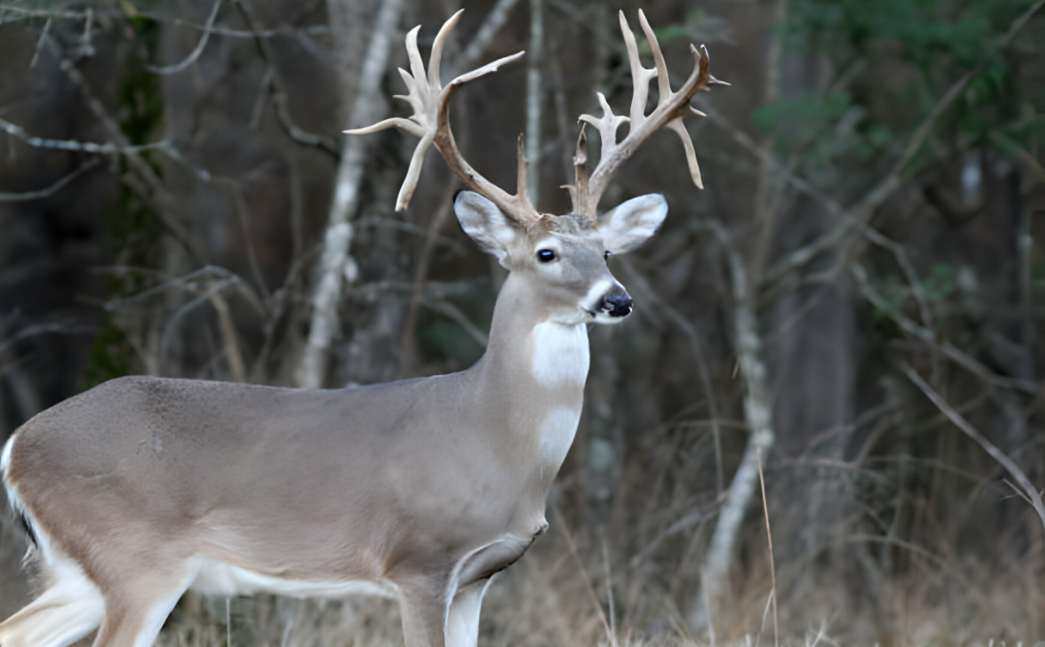

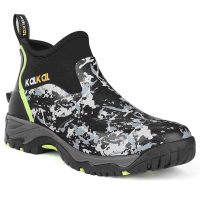


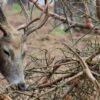
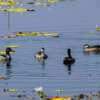
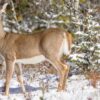
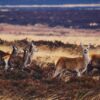
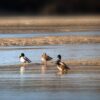
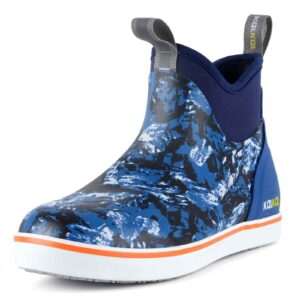


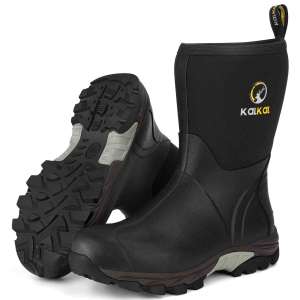



Leave a reply